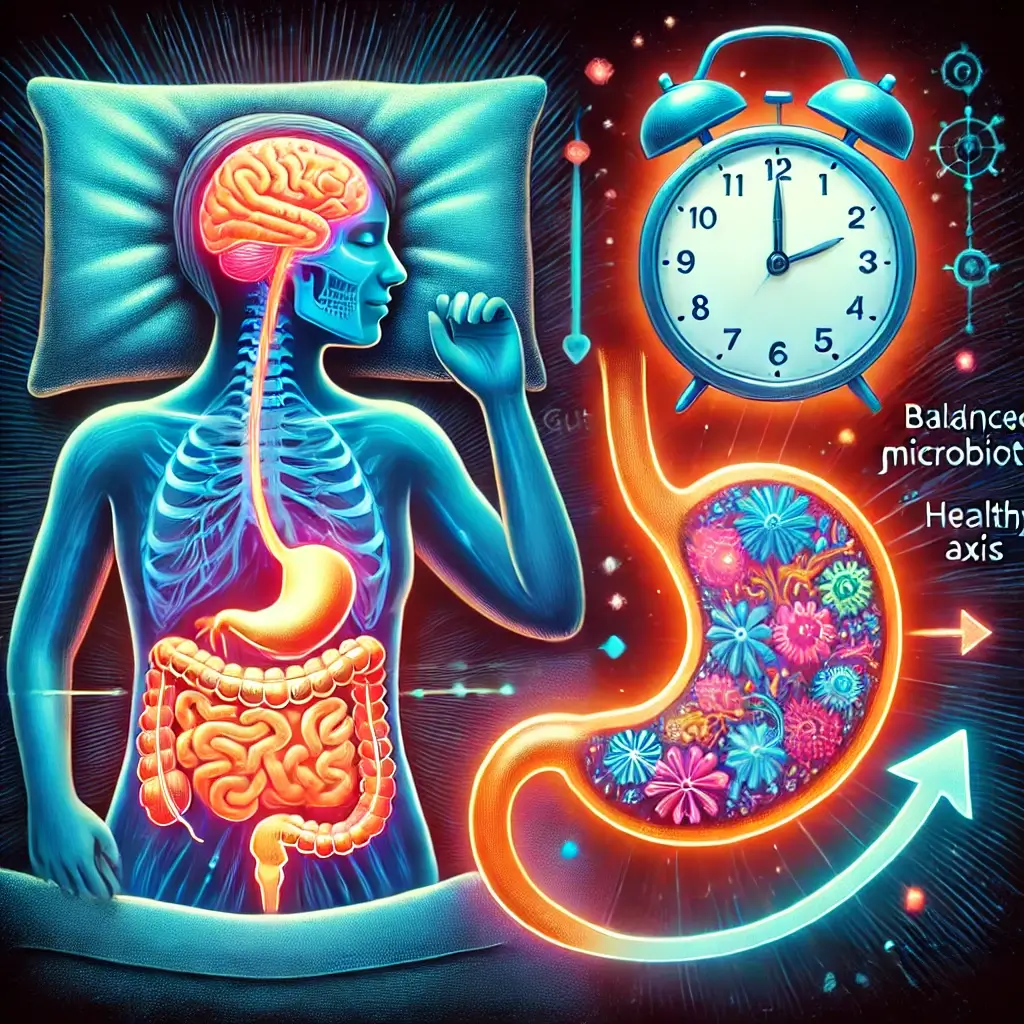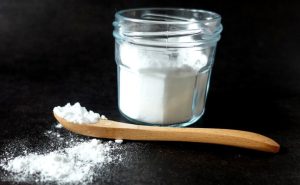H2RAs Limit Histamine’s Activity On Gastric H2 Receptors, Causing Stomach Acid Production to Diminish
When these drugs were initially released, they were hailed as innovative treatments for peptic ulcers and gastroesophageal reflux disease (GERD). They are safe and affordable, although their use has decreased since the introduction of proton pump inhibitors (PPI), which are more successful in treating GERD. Lower dose formulations are now available over the counter (OTC) for symptomatic relief of occasional heartburn, GERD, acid indigestion (hyperchlorhydria), or a “sour” stomach. Histamine antagonists bind to histamine H2 receptors on parietal cells in the stomach, inhibiting stomach acid output. Cimetidine was the first histamine H2-receptor antagonist to be introduced, and it is still widely used in many countries. Traditional antihistamines also work by inhibiting histamine H2 receptors, but they do not reduce stomach acid secretions. H2 receptor antagonists are adequate for the majority of people with chronic heartburn who do not react to lifestyle changes or other medications. Severe heartburn, on the other hand, may indicate gastroesophageal reflux disease (GERD) and necessitate the use of a proton pump inhibitor.
H2RAs have a long-lasting action and reduce the corrosive effects of stomach acid, which refluxes into the esophagus and produces heartburn. They can also aid with the symptomatic treatment of a peptic ulcer, as acid suppression allows for healing in a matter of days.
In recent years, PPIs have been the recommended treatment for peptic ulcers and GERD.
Symptomatic treatment with H2RAs is also commonly utilized for irritable bowel syndrome (IBS). However, these medicines are less productive than benzylamine antihistamines. Long-term use of these medications is not advised, and the risk of side effects, including bone marrow suppression, should be carefully weighed.
In recent years, PPIs have been the recommended treatment for peptic ulcers and GERD. However, for patients who are unable or unwilling to take a PPI for a variety of reasons, H2RAs remain a common therapeutic choice due to their low cost and relative safety.
Four proprietary H2RAs with various genetic variants are currently available as prescription medications. These are available in multiple formulations, including capsules, tablets, chewables, liquids, effervescents, and antacid combinations. Patients should carefully read the label and ask their doctor or pharmacist if they have any questions.
Using a PPI with H2RAs does not influence the time it takes for diarrhea to resolve.
Patients with suspected CDAD who have been administered an NSAID or H2RA should be evaluated for co-factors such as Helicobacter pylori infection. Patients using a high dose of an H2RA should not quit treatment without medical assistance because this can result in the recurrence of symptoms, such as peptic ulcers, and prolong the digestive tract’s recovery. Using a PPI with H2RAs does not influence the time it takes for diarrhea to resolve.
Similarly, H2RA usage during antibiotic therapy does not significantly affect the time required to recover from bacterial overgrowth. An unanticipated adverse reaction to H2RAs is usually of minor clinical significance and should be reported immediately.













